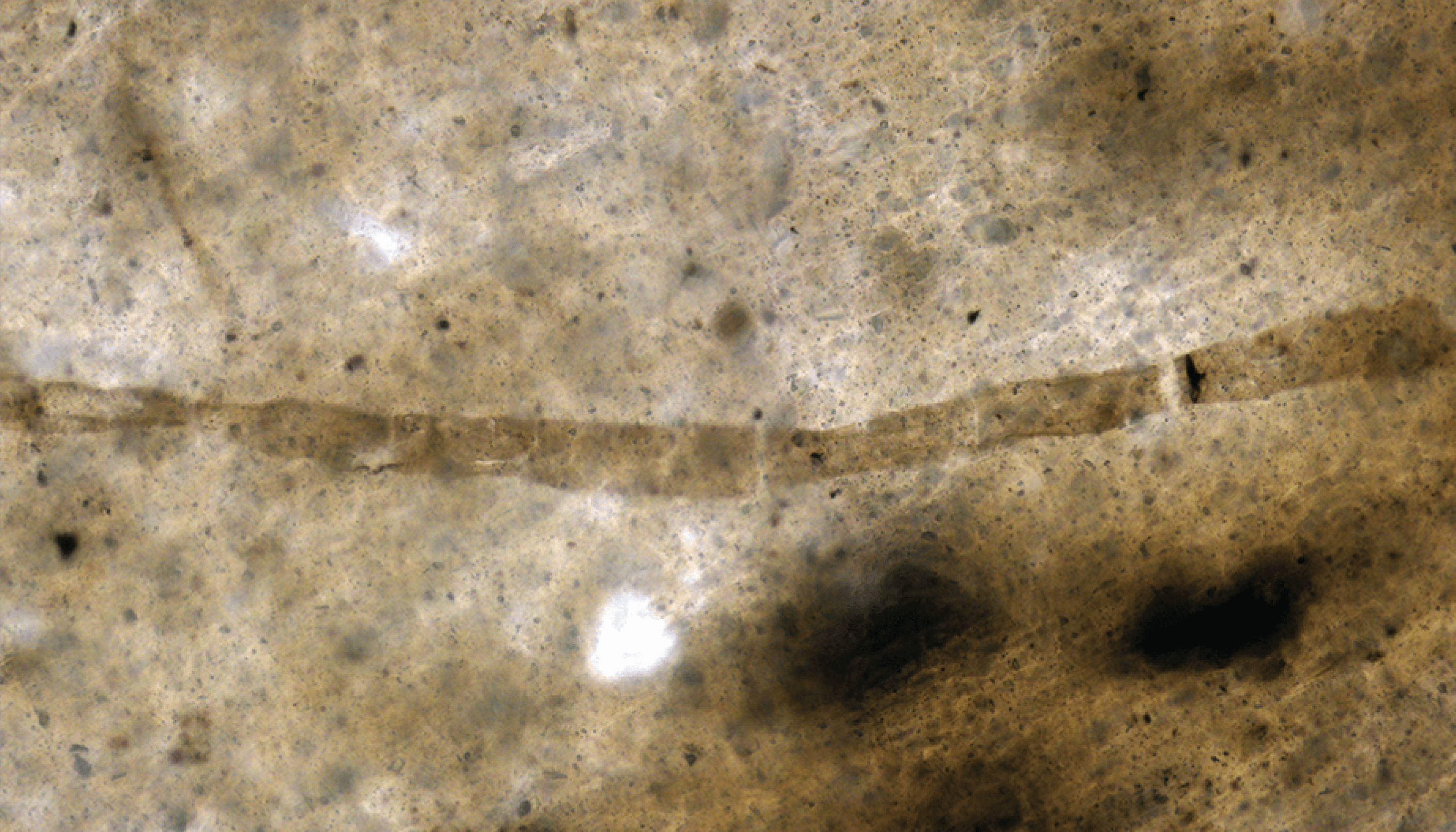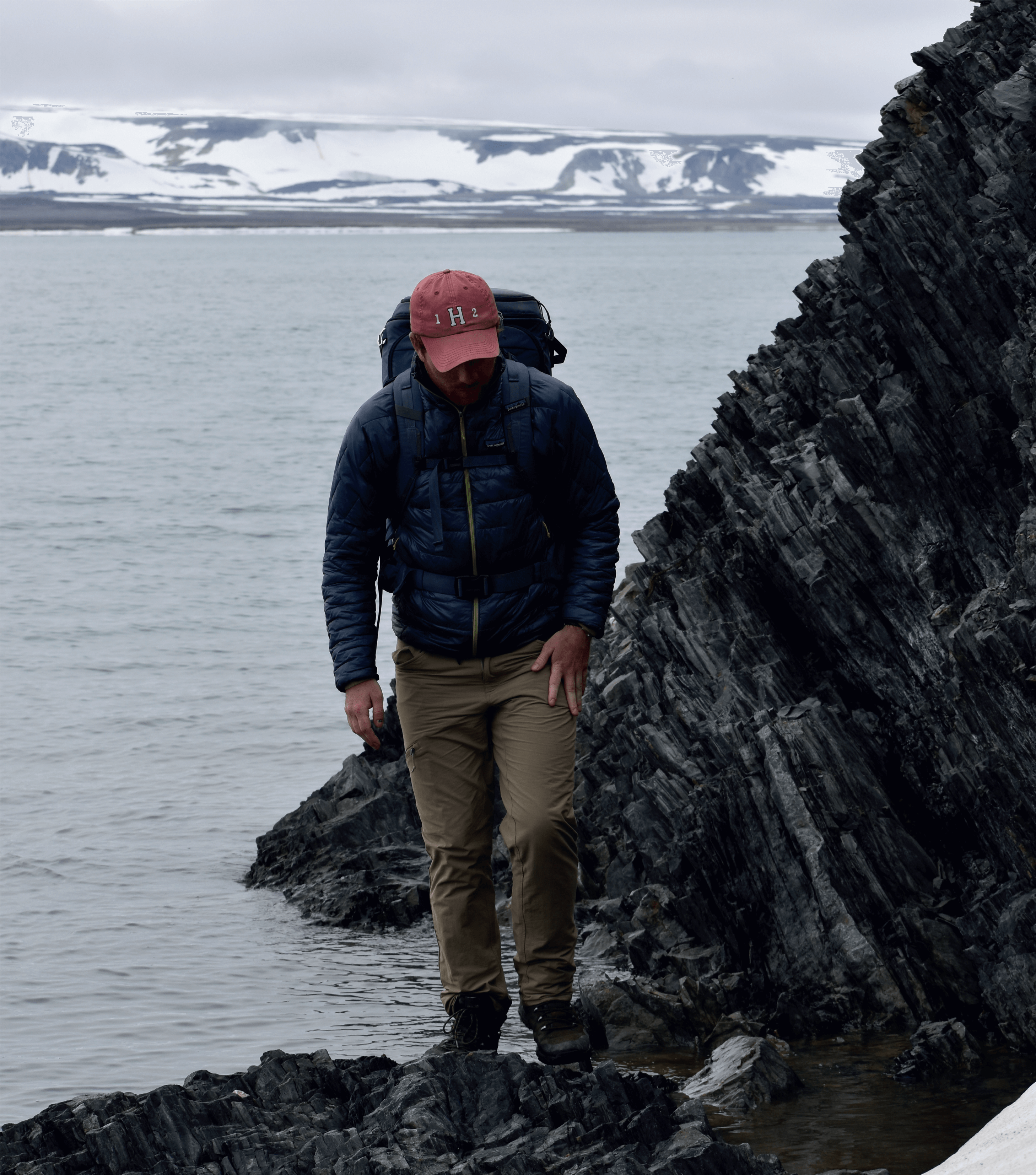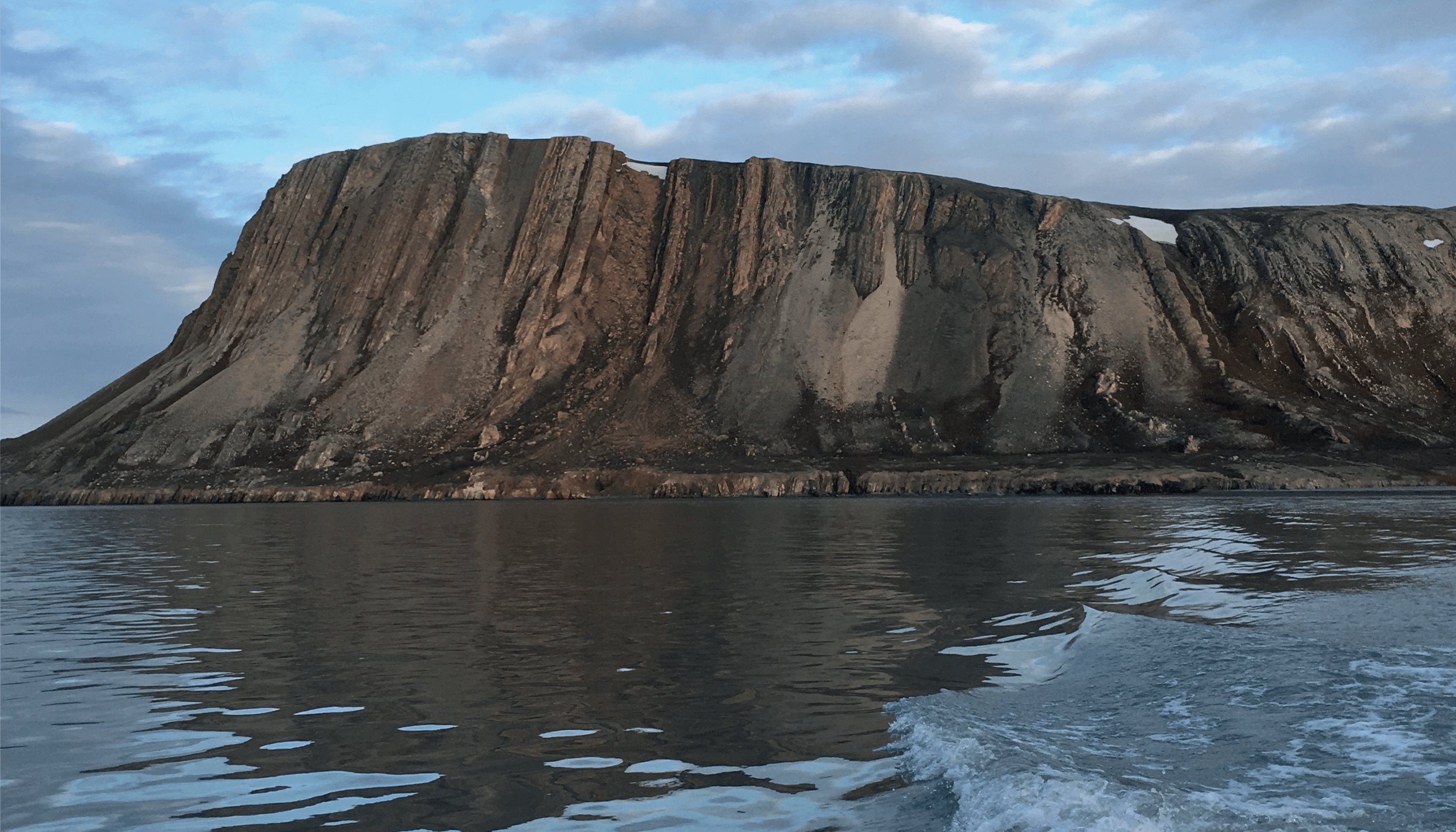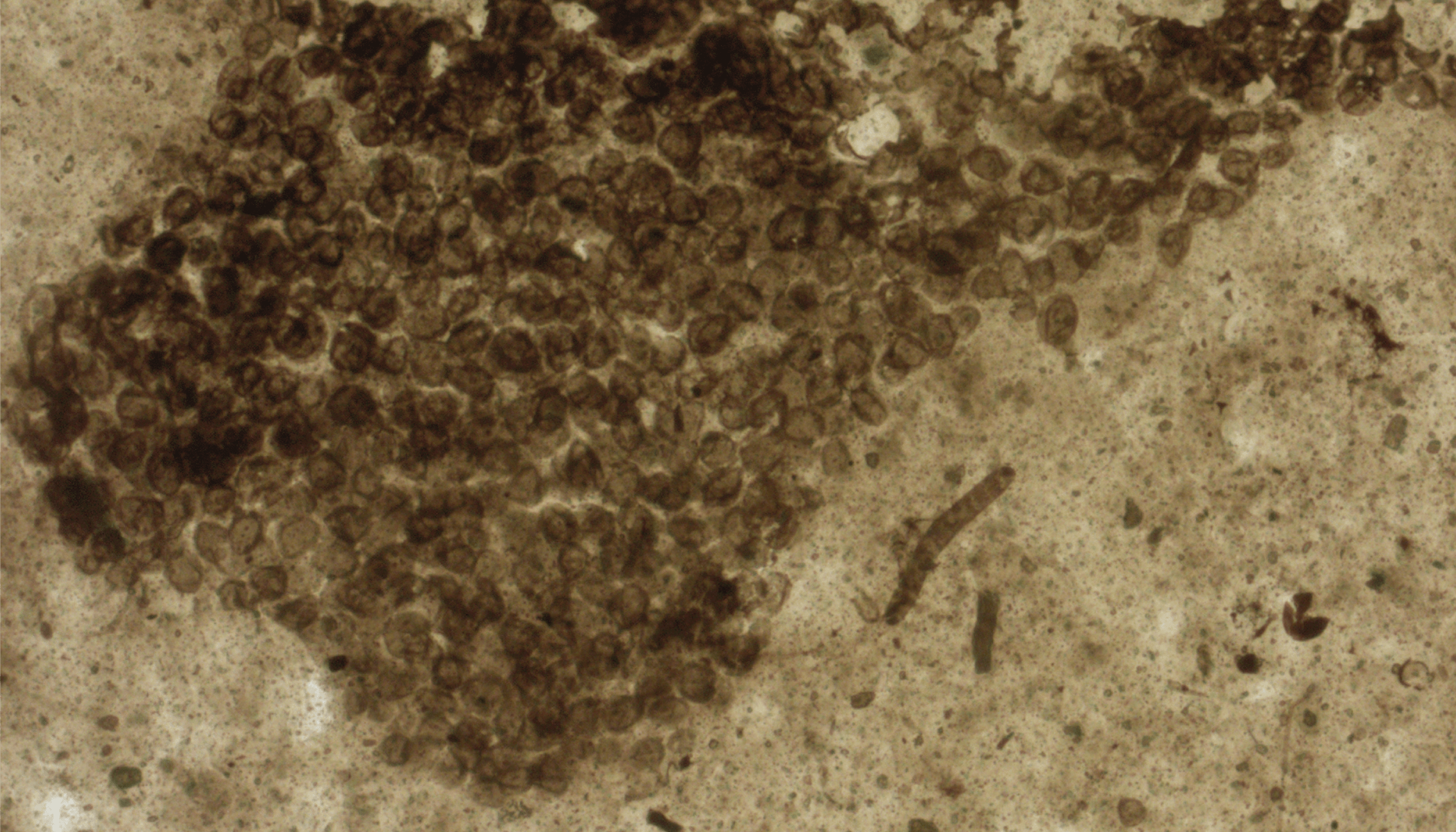
Walk into any natural history museum and you’ll see fossils that span the last 550 million years. But what about the first four billion years of Earth’s history? Thanks to microfossils, we now know that single-cellular organisms emerged around 3.5 billion years ago. But fossils of this kind are rare – so Ross Anderson and his team from Oxford University set out to uncover the exceptional fossilization conditions that preserve them.

Currently, it is unclear whether microfossil occurrence patterns reflect evolution or simply mirror the distribution of favorable fossilization conditions – information vital to determining when animal life emerged on Earth. “We need to understand how these microfossils are formed so we can narrow our search for ancient life to appropriate rocks and counter the bias in our record of early evolution,” says Anderson.

The team focused on kaolinite, an antibacterial clay known to play a role in fossilization. Using a combination of microanalytical techniques, they probed the sediment mineralogy surrounding 800-million-year-old microfossils for kaolinite. Vertical sections of the microfossils were imaged using energy-dispersive X-ray spectroscopy to map the distribution of aluminum (a constituent of kaolinite) across the samples. Synchrotron-based Fourier-transform infrared microspectroscopy was then used to confirm the presence of kaolinite at this microscopic scale.
“We found kaolinite-enriched ‘halos’ surrounding the fossils, suggesting it is critical to fossilization,” says Anderson. The early fossil record may therefore be biased to environments where kaolinite production is high, such as tropical climates. Moreover, the team found no animal fossils in the 800 million-year-old rocks, despite conditions ripe for fossilization. “This would suggest that animals did not originate more than 800 million years ago,” Anderson explains.

But the results are not just useful for earthly purposes – they could also help the hunt for life on Mars. “Our search for new microfossils should focus on kaolinite-rich muds,” states Anderson. “These criteria may also be valid when exploring other planets for evidence of microscopic life – especially considering NASA’s 2020 Perseverance rover mission will land in an area that is rich in clay and maybe even kaolinite.”
References
- R Anderson et al., Interface Focus (2020). DOI: 10.1098/rsfs.2020.0011




